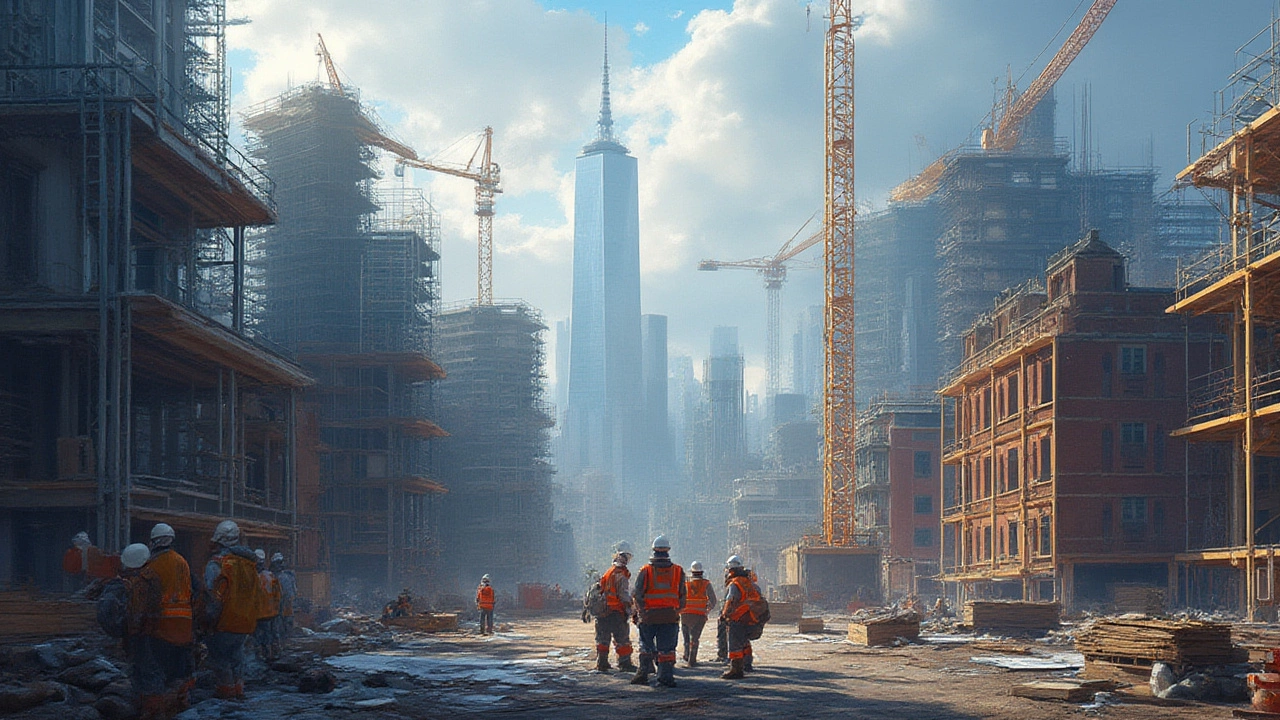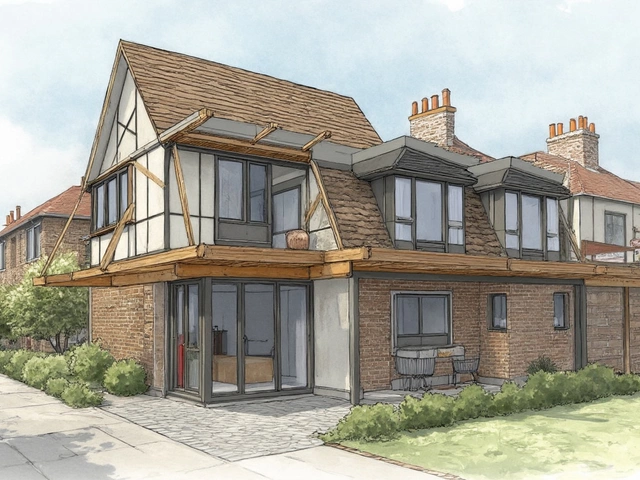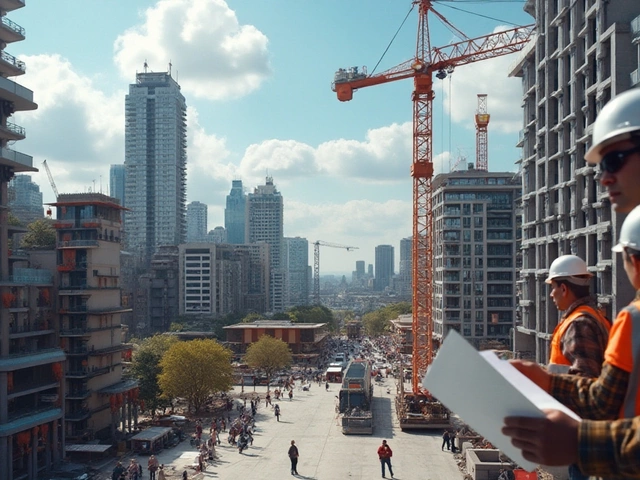Fire Ratings Explained – What They Are and Why They Matter
When you hear the term "fire rating" you might picture a fire alarm or a sprinkler system, but it actually refers to how long a building material can stand up to fire. In plain English, a fire rating tells you how many minutes a wall, floor, or door can resist burning before it gives way. Knowing this helps you pick the right stuff for your project and keeps people safe.
How Fire Ratings Are Measured
Testing labs expose a sample to a controlled flame and time how long it holds up. The result is a number like 30, 60, or 120 minutes – that’s the fire rating. A 30‑minute rating means the material stays intact for half an hour; a 120‑minute rating lasts two hours. The longer the rating, the more protection you get, but higher ratings also cost more and can be heavier.
Choosing the Right Rating for Your Project
First, check your local building code. It usually says which rating you need for different parts of a building. For example, a garage wall might need a 30‑minute rating, while a high‑rise lobby could require 90 minutes or more. Next, think about what’s inside the space. If you store flammable stuff, go for a higher rating. If the area is low‑risk, a lower rating can save money.
Material choice plays a big role. Concrete and brick often have high fire ratings by nature. Limestone, which we supply at Lime Hillock, can be treated to reach 60‑minute ratings, making it a solid option for many walls. Gypsum board is common for interior walls and usually comes in 30‑minute or 60‑minute versions. Steel doors need a fire‑resistive core to hit any rating at all.
Installation matters too. Even the best material can fail if it’s not installed right. Gaps, missing fasteners, or incorrect sealing let fire sneak through, dropping the effective rating. Always follow the installer’s guide and have a qualified contractor do the work.
Cost is the last piece of the puzzle. Higher ratings mean more expensive material and more labor. Compare quotes and ask if a lower rating will still meet code for your specific use. Sometimes a small upgrade in one critical area (like a stairwell door) makes a big safety difference without blowing the budget.
In short, fire ratings tell you how long a component can survive a blaze. Check the code, match the rating to the risk, pick the right material, and make sure it’s installed correctly. Doing these steps will give you a safer building and keep you from spending more than you need to.
If you’re looking for limestone or other fire‑resistant products, Lime Hillock Construction Material Resources can help you find the right rating for your build. Get in touch and we’ll walk you through the options.
Commercial Building Construction Types: Understanding Materials, Classes, and Safety Codes

Unpack the world of commercial construction types: materials, safety codes, and what makes a structure tick for your business.
read more



